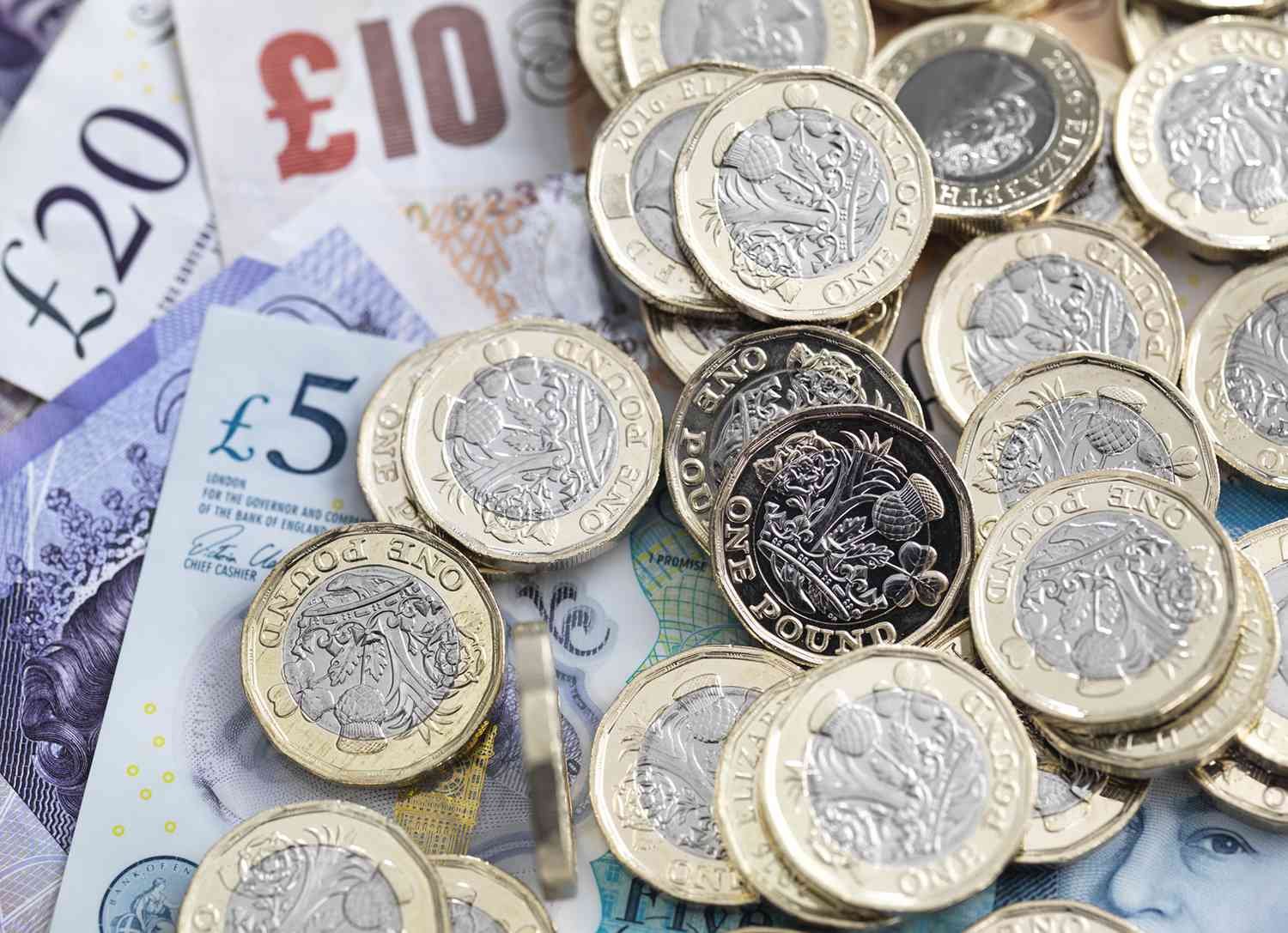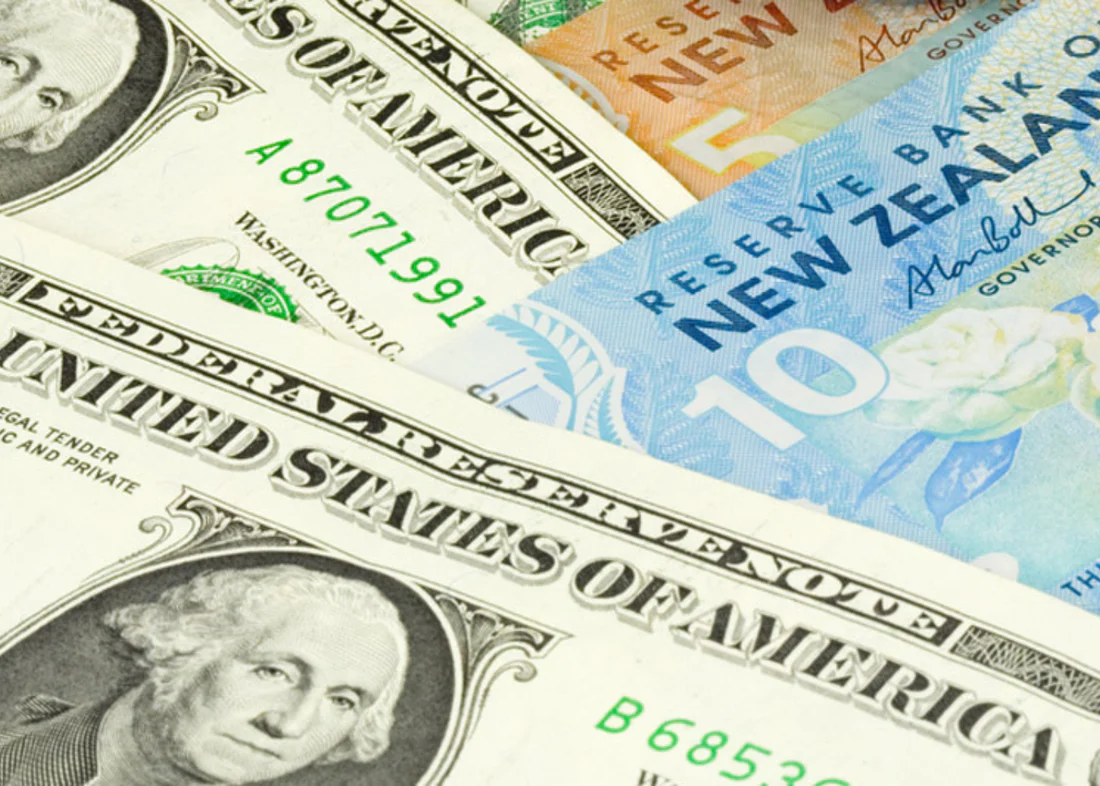Gold Glitters at Record Highs as US-China Trade War and Fed Cut Speculation Fuel Rally
Gold prices are climbing near record highs at about $3,220 as tensions in the US-China trade war escalate and speculation of Federal Reserve rate cuts rises to drive demand for the safe-haven metal. The US Dollar remains weakening, and foreign investors find gold increasingly appealing, while softer-than-anticipated US inflation readings have made the case for monetary easing as early as June even stronger. In spite of a brief tariff reprieve for most US trading partners, the sudden spike in tariffs on Chinese imports has increased market uncertainty, further boosting gold’s bullish trend. With technicals signaling further upside, gold may be set to test the $3,250–$3,300 level in the near term. KEY LOOKOUTS • Momentum remains positive as the metal teases lifetime highs. A break above $3,250 on a sustained basis could set the stage for $3,300 and higher. • Weaker US inflation data spurs speculation of Fed rate cuts from June, with markets pricing up to 100 bps of cuts by year-end. • China’s retaliatory duties and the aggressive tariff increase of Chinese products by the US are escalating worldwide economic concerns, fostering safe-haven demand. • The DXY keeps declining, trading close to 100.20, as investors respond to trade volatility and mixed economic signs. Gold prices still fluctuate around historic highs at $3,220 with market sentiment remaining fueled by a combination of economic and geopolitical issues. The increasing US-China trade war, defined by reciprocal tariff increases, has increased worldwide uncertainty, prompting investors to turn towards safe-haven assets such as gold. While simultaneously, gentler-than-anticipated US inflation figures have enhanced hopes of Federal Reserve interest rate cuts beginning as early as June, fueling the rally of the metal even further. The weakening US Dollar, making gold cheaper for international buyers, joins the positive sentiment. With technical indicators still pointing toward upside space, gold may be in line to test the pivotal resistance point at $3,250 and possibly target $3,300 in the near term. Gold prices fluctuate near all-time highs of $3,220, supported by increasing US-China trade tensions and heightened hopes of Fed rate cuts. The weakening US Dollar and safe-haven demand still drive the bullish momentum of the metal. Focus now shifts to the $3,250 resistance level for the next break-out. • Gold prices are trading near all-time highs of $3,220 in the wake of increasing global uncertainty. • The heightening US-China trade conflict has prompted investor flight to safe-haven assets such as gold. • China responded with a 125% duty on US goods following the US imposition of a 145% charge on imports from China. • Weaker US inflation data has reinforced hopes of Federal Reserve interest rate reductions from June. • The US Dollar continues to deteriorate, making gold more desirable to foreign investors. • Policymakers at the Federal Reserve worry about reconciling inflation restraint with a weakening growth in the economy. • Gold is still in high demand as a protection against economic and geopolitical uncertainty. Gold prices are attracting firm investor attention as worldwide economic tensions escalate, led by the deepening US-China trade war. The most recent round of tariff hikes — with the US increasing duties to 145% on Chinese imports and China hitting back with a sharp 125% tariff on US goods — has introduced a new degree of uncertainty into world markets. These trends have renewed fears of dampening global growth and possible dislocations in international trade, causing investors to flock to safe havens such as gold, which historically does well during periods of geopolitical tension. XAU/USD DAILY PRICE CHART CHART SOURCE: TradingView Adding to the allure of gold is the changing economic outlook in the United States. Economic indicators most recently provided were softer than anticipated, solidifying expectations the Federal Reserve could start reducing interest rates as soon as June. The lower rates make assets that don’t pay interest, such as gold, more appealing since the cost opportunity of holding them is reduced. Coupled with a soft US Dollar and general concerns over economic deceleration, these forces are fueling rising demand for gold, making it a sought-after hedge in the uncertain world today. TECHNICAL ANALYSIS Gold is firmly bullish-trending, with the daily chart registering continuous upward momentum. The 14-day Relative Strength Index (RSI) is reaching overbought levels, indicating considerable buying interest yet potentially flashing signs of exhaustion if the rally is not paused. Key levels of support have moved higher, showing strong demand on dips. While near-term resistance is observed around the $3,250 psychological level, a decisive break above this level may spur a new round of buying demand. On the downside, any corrective falls are set to find support around $3,200 and lower still at the 21-day Simple Moving Average (SMA), which means the general trend is still very much in favor of bulls unless the levels are broken convincingly. FORECAST Gold is set to continue its rally in the near term courtesy of a combination of factors such as geopolitical tensions, the weakening US Dollar, and anticipated Federal Reserve rate reductions. If macroeconomic sentiment remains unclear and inflation keeps declining, gold may experience more investment inflows in search of shelter. A break above the psychological $3,250 level can pave the way for more advances, with the $3,300 level seeming like a reasonable medium-term objective. Ongoing safe-haven demand and global risk aversion might maintain pressure on the metal to rise. In spite of the powerful momentum, gold is subject to potential downside risk if any sudden pickup in US-China trade tensions or a better-than-anticipated recovery in US economic data were to occur. This would potentially lift the US Dollar and lower the chances of aggressive Fed rate cuts, both of which could become bearish for gold prices. On the other hand, if the ongoing rally is followed by profit-taking or technical indicators signal signs of being overbought, a short-term correction to $3,200 or even $3,000 cannot be eliminated. But such dips can be interpreted as buying opportunities, provided the overall economic situation remains weak.






